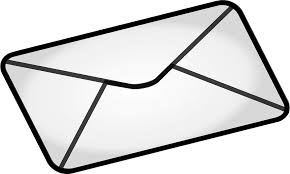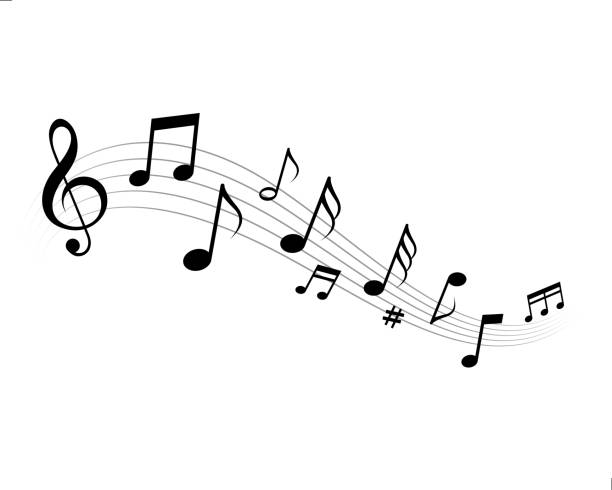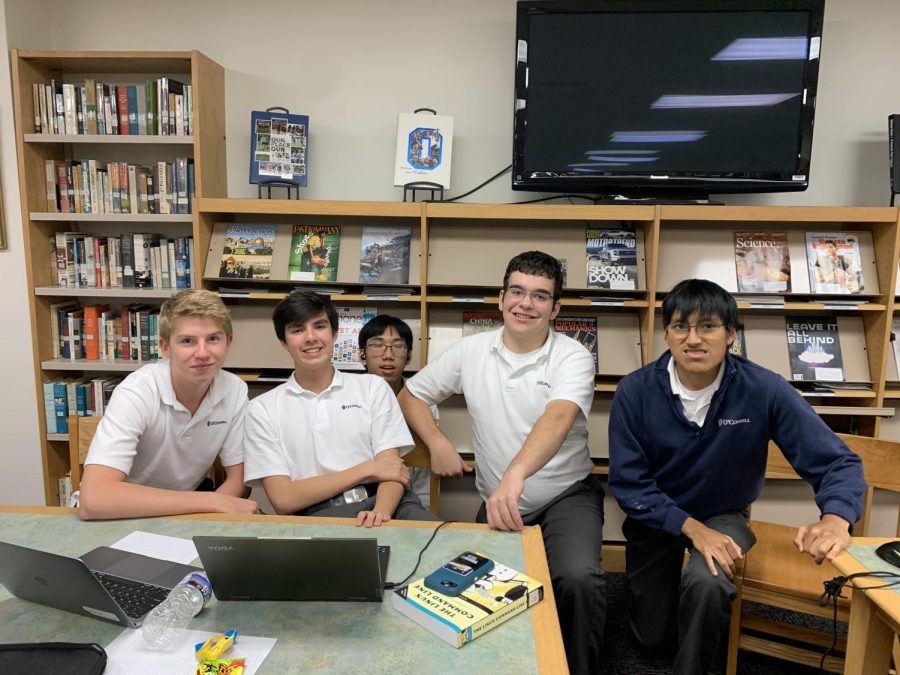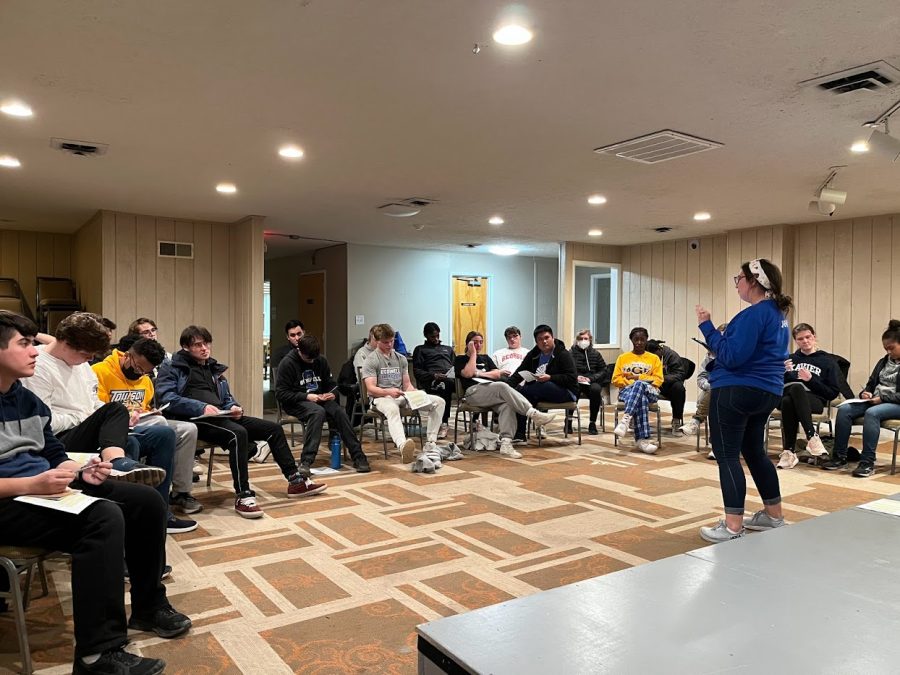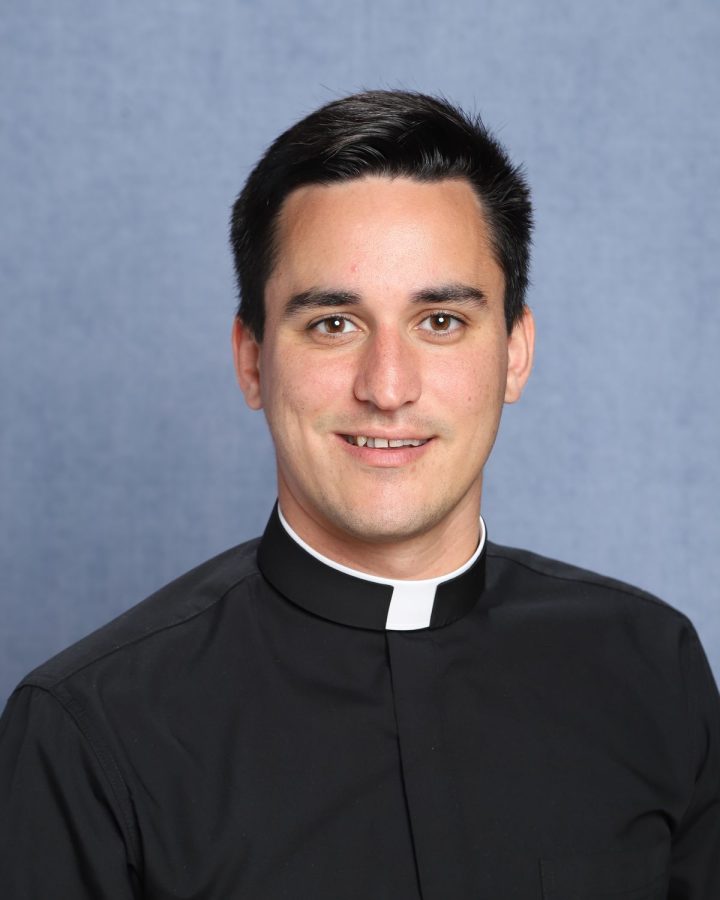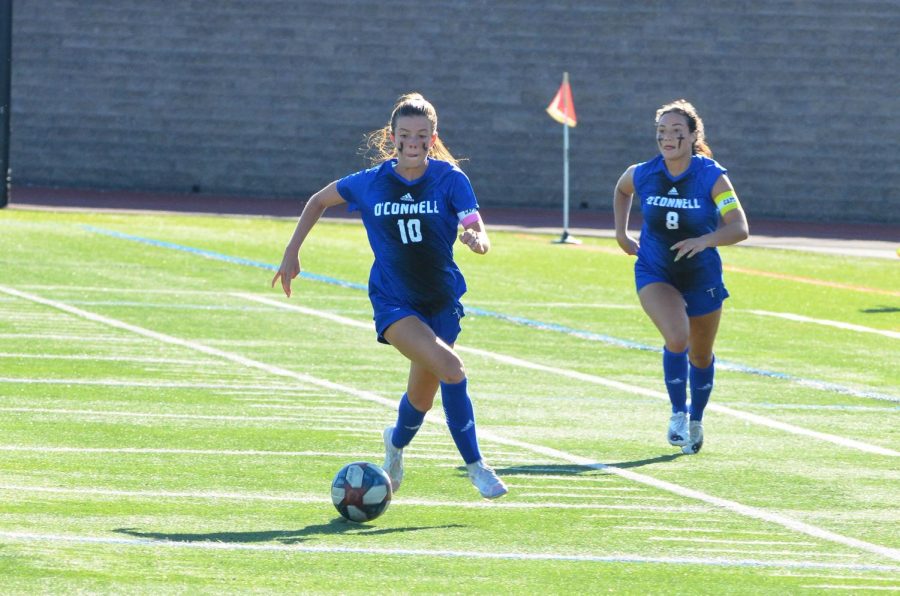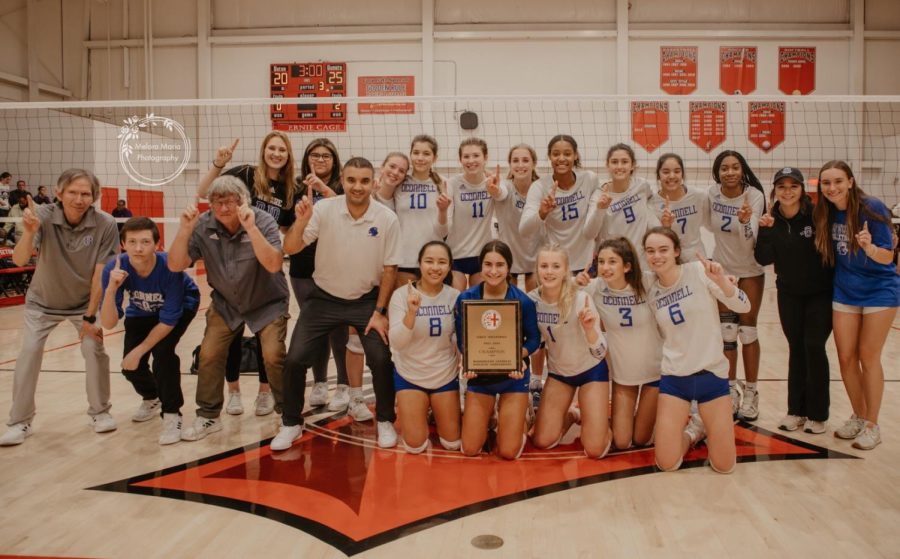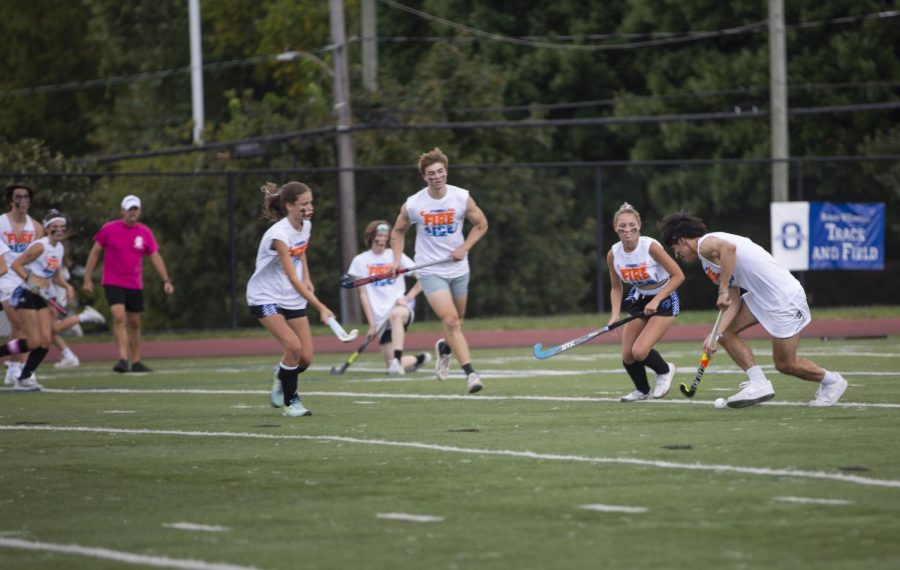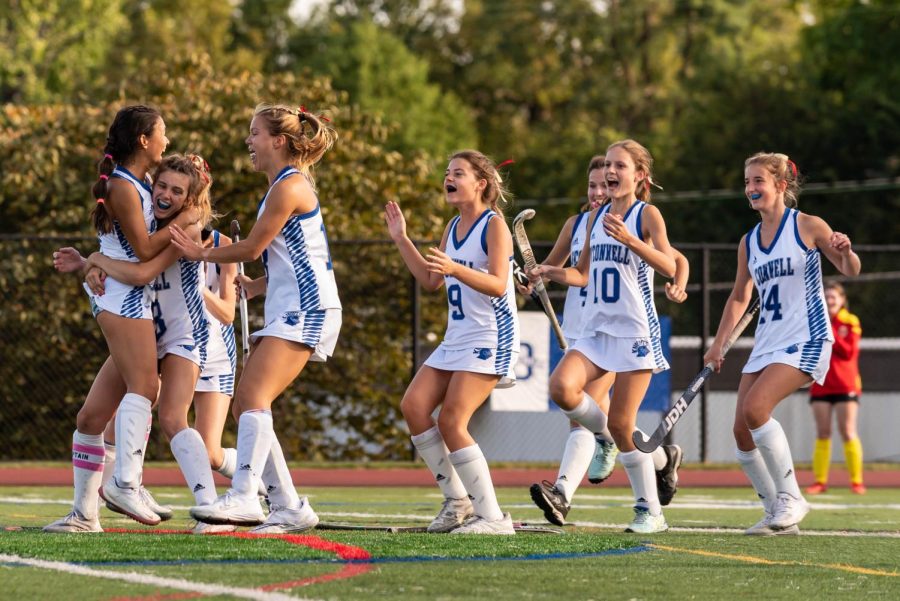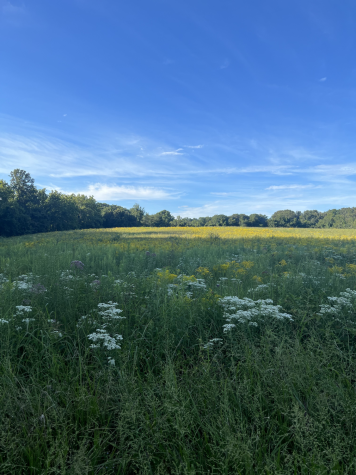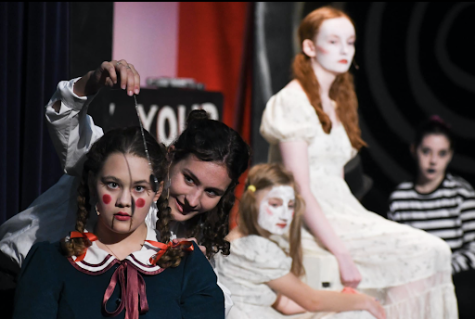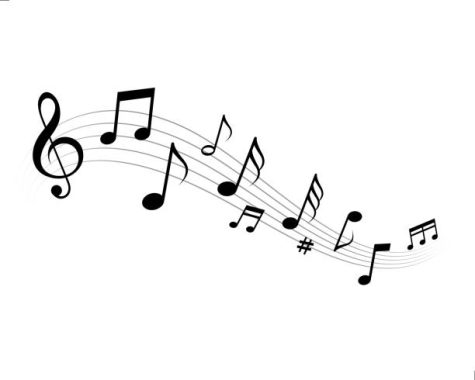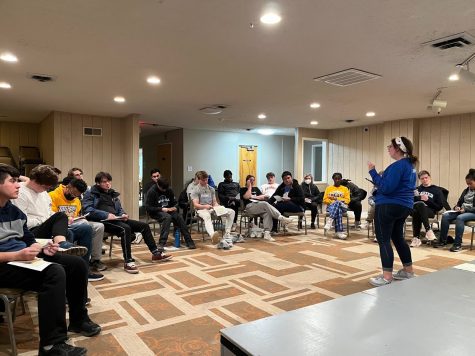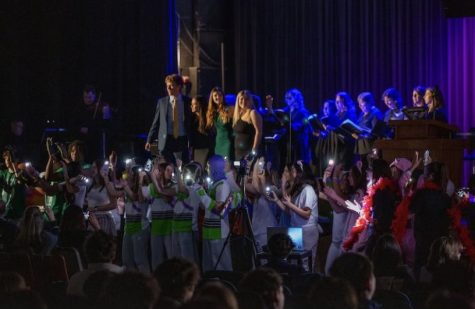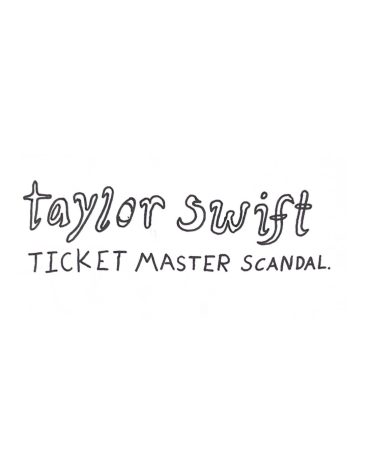Global Studies: Going to NASA
Bishop O’Connell students fight for a spot to go to the Global Studies’ highly anticipated field trips throughout the year. This year, I was blessed enough to attend a tour of the Goddard Space Flight Center. The Goddard Space Flight Center is a major laboratory and NASA’s largest organization. Goddard is located in Greenbelt, MD, just 6.5 miles northeast from Washington, D.C. Goddard specializes in a variety of jobs, such as building instruments that help to study Earth, the Sun, and the solar system.In other words, the design of the Global Studies program enables students to explore hands-on career experiences outside the walls of O’Connell. In order to gain a truly global perspective, students choose an area of concentration in different fields called threads. These threads can encompass space exploration or business and finance or even environmental sustainability.
With amazing luck and a fast email, I was able to reserve one of the limited spots for the NASA Goddard Space Flight Center field trip. About nine other O’Connell students boarded the bus as we drove to Goddard. The drive itself was beautiful; the fall season allowed for beautiful scenery of falling leaves of several different colors. Upon arrival, we were fascinated by a beautiful visitor’s facility and met our friendly tour guide DJ. DJ is a tour guide for Goddard, who has experience and knowledge in several different fields of the Goddard Flight Center, contributing to his educated stance on Goddard knowledge.
We were able to have DJ as our (highly acclaimed) tour guide thanks to Mrs. Pore’s great connections in the NASA field. Mrs. Pore is a previous teacher of Bishop O’Connell High School, who currently works for NASA and is the moderator for the Engineering Club at O’Connell. She is committed to her passion of engineering and helps students to achieve their various goals in engineering, such as learning how to program or how to learn amateur radio.
The visitor center was filled with several different exhibits showcasing the history of Goddard’s research. The visitor center seemed to especially specialize in visual presentations, as the detailed videos and planetarium helped visitors to visualize these complex concepts. My favorite part was looking up at the ceiling planetarium and seeing the beautiful pictures of nebulas taken by the instruments that scientists at Goddard had developed.
After thoroughly examining every interesting exhibit at the visitor center, such as exhibits where we could smell space and touch asteroid fragments, we settled into an auditorium where DJ gave a presentation on the Goddard facility. Beforehand, I had to take some more photos of my favorite exhibits, such as the moon rock fragment and examining a complex circuit board. During his presentation DJ’s was energetic and spoke with a scholarly background as he chimed in with well-informed insights and information as we watched detailed, meticulous visual guides of different missions. I especially enjoyed learning about the Nancy Grace Roman Space Telescope. DJ educated us on the Nancy Grace Roman Space Telescope, which is engineered to be able to find answers relating to fields of dark energy, exoplanets, and infrared astrophysics. Though I was not nearly as educated as DJ on these scientific matters, I was able to reference some scientific terms and found the topics he spoke about engrossingly interesting, and never once felt my mind spacing out.
After the theater presentation, and a security check of the bus, we gathered back onto the bus to explore different parts of Goddard’s campus-like environment. On the bus ride to the facility, we were able to see the many different parts that make up the Goddard Flight Center, with DJ using his expertise in knowing where everything is to point out different facts. He discussed an almost endless list of buildings, each with their own purpose and responsibility. I found the Radiation Effects Facility especially interesting. This facility specializes in radiation testing of spacecraft electronics, filters, and other structural materials. Such as the Van de Graaff particle accelerator, which is used to test damage. And 2 MeV and 120 keV Instrument Calibration Accelerators are used to test and calibrate spacecraft scanners and sensors.
After reaching the High Bay Clean Room facility, we were privileged enough to be able to watch NASA employees working in real time. Expectedly to NASA’s high standards, the High Bay Clean Room Facility is incredibly clean, designed to prevent any smudges or grease from affecting highly sensitive, calibrated instruments such as the previous facility project, the James Webb Telescope. 9,000 square feet of HEPA filters are placed upon one wall, circulating 1 million cubic feet of air a minute. One of my group members asked a question about how they guarantee there is no human oil on instruments. DJ explained that a UV light is brought and shined over the instrument as it is thoroughly checked, to clean any human oil or dirt left on the instrument, and to ensure the instrument is as clean as humanly possible.
We departed from the facility onto the bus again, this time going to a new facility where we were sadly not allowed to take photos. The facility contained different testing instruments for projects such as the James Webb Telescope. The mission of the James Webb Telescope is to find the first galaxies ever formed, and see stars as they form planetary systems. Goddard was assigned to build a panel of the Webb telescope and worked on creating mockups of possible designs. I was able to see the Acoustic Test Chamber, which uses a flow of gaseous nitrogen to achieve a sound level of 150 decibels, similar to the sound level of standing next to a jet engine taking off.
DJ’s vast knowledge of the Goddard Flight Center facilitated a fascinating Global Studies experience. Apart from the extracurricular experience that was provided, DJ spoke of internship opportunities and helped to bridge a way of gaining more experience in the STEM field by gaining workforce experience at NASA. NASA internships are available to those in high school in various fields. Even if engineering is not your expertise, Goddard provides many other positions in the arts, such as internships in journalism and photography. I highly recommend going on any future NASA trips in the future, as it opened my mind to things I would have never thought I could have possibly found interesting, or even pursued as a new career.
If you would like to learn more about the Global Studies program, please contact Ms. Whitney Webb.
Feel free to access more information on this program and enroll using this link.
For more information on the NASA Goddard Space Flight Center, use this link here.

